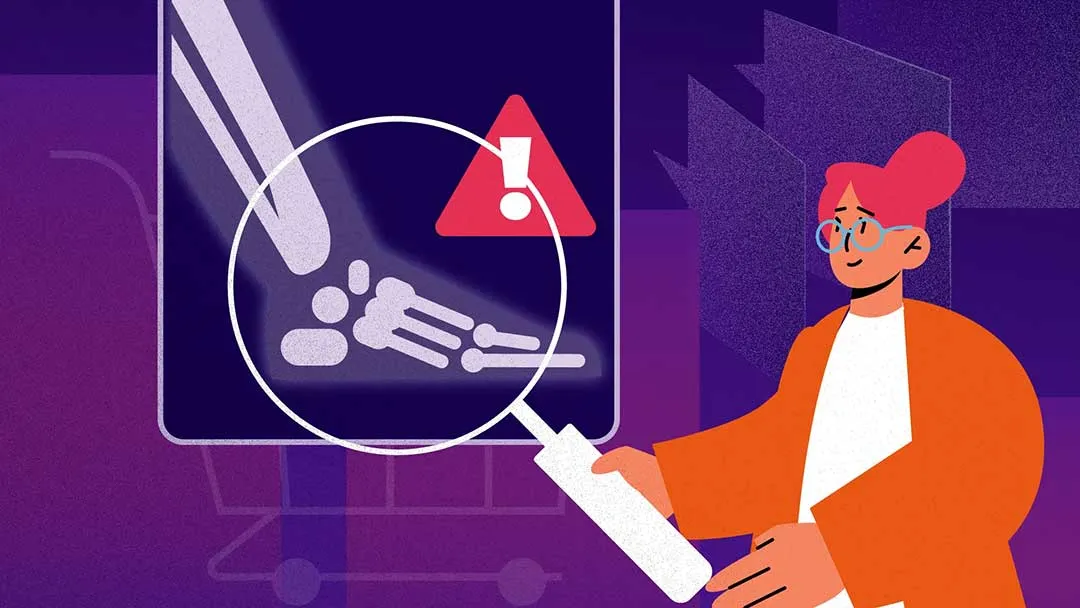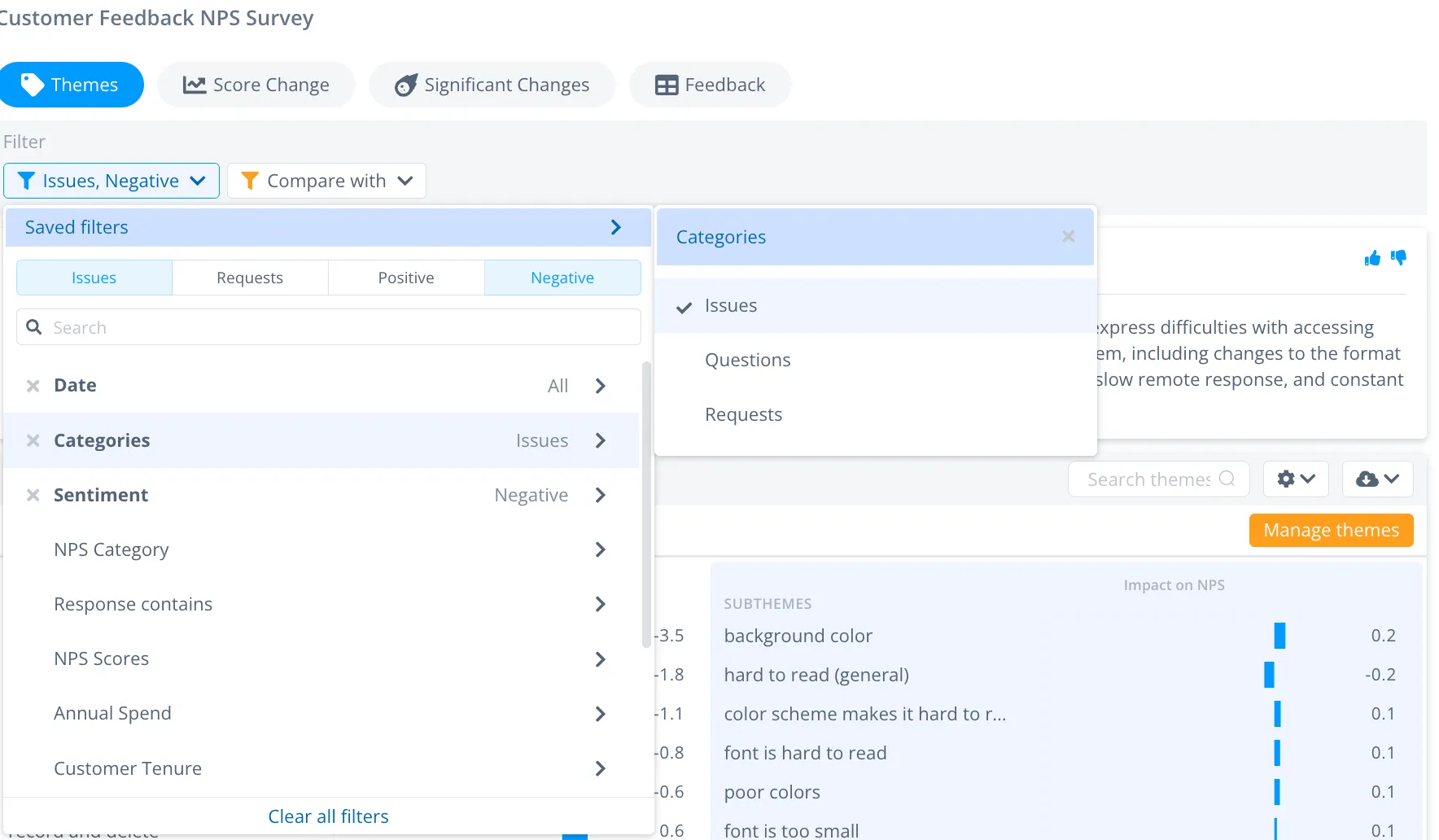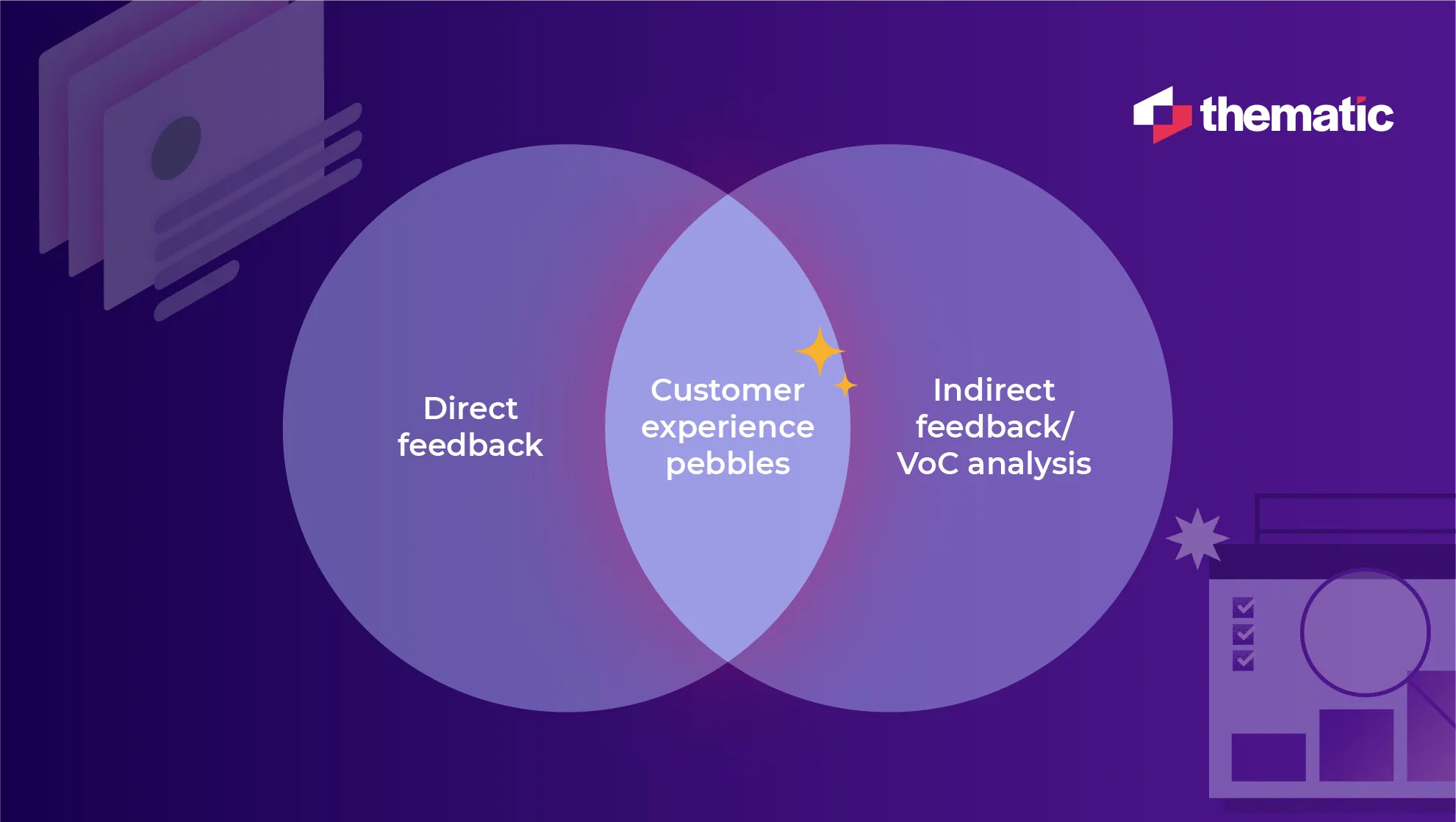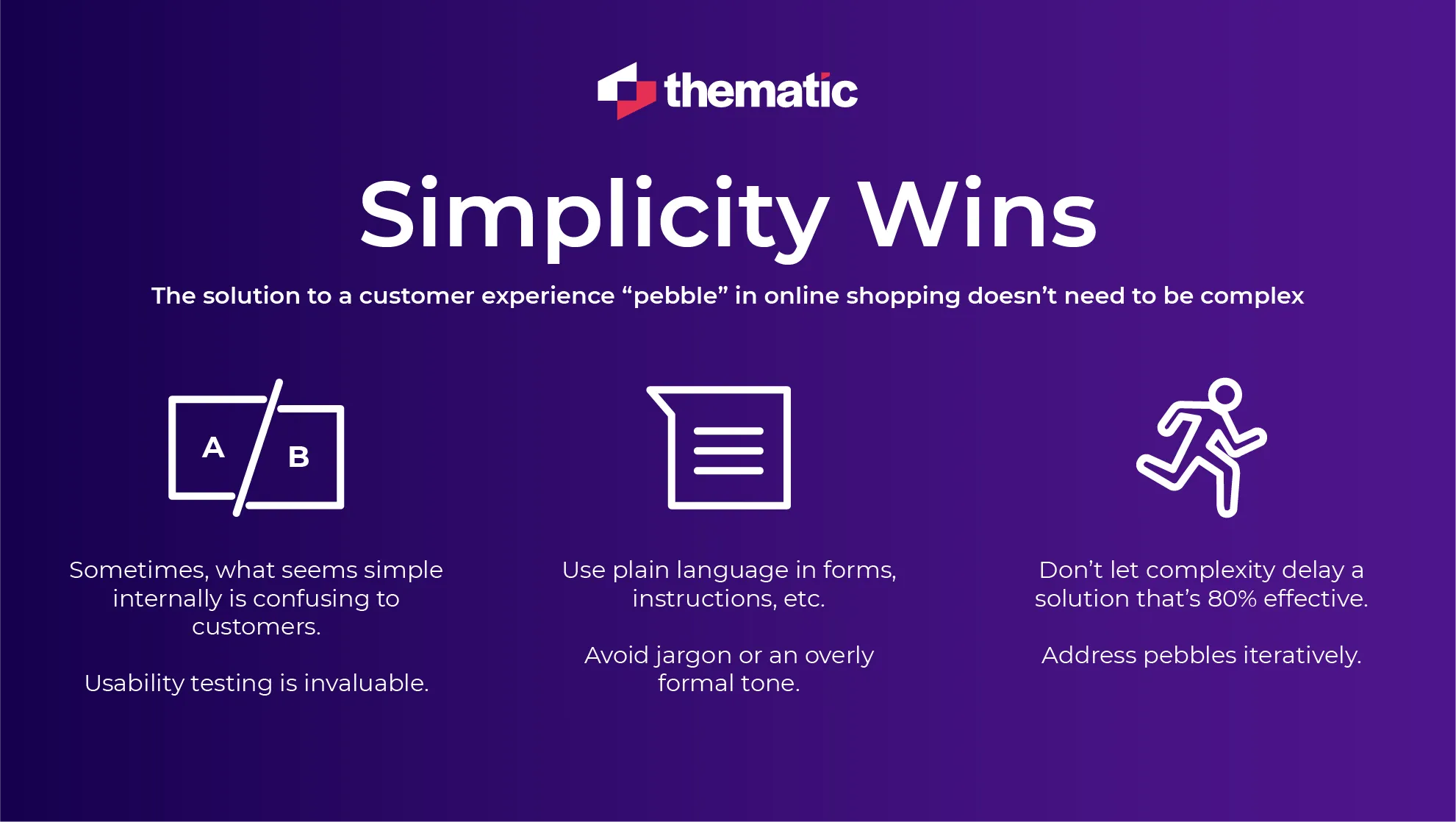
Uncover the hidden "pebbles" eroding your customer experience. Learn how to use customer feedback and analytics to identify and remove friction points, boost loyalty, and engineer effortless experiences. Discover 7 strategies for proactive CX improvement.

We often underestimate the impact of effort on customer loyalty. Yes, product quality matters, but how much effort your customer needs to put in to complete a purchase plays an outsized role. Business leaders today aim to reduce friction by designing proactive, positive customer experiences.
Friction, even in small doses, breeds resentment and fuels negative word-of-mouth. 78% of consumers have abandoned a purchase or switched brands entirely due to friction and poor experiences.
Customer experience analytics illuminates the “pebbles” — the recurring pain points, confusing processes, and frustrating moments customers encounter. This lets you go beyond fixing issues to engineering effortless experiences, proactively addressing customer friction before it can damage your brand’s reputation.
Imagine a pebble in your shoe. It’s small and easily ignored at first, but over time, it turns a walk into an ordeal. Customer experience “pebbles” are similar. They’re not major breakdowns but those recurring minor annoyances: a confusing website, slow response times, inflexible policies, or other customer friction points.
One pebble is manageable. But a whole handful? That’s when customers quietly start looking for an alternative. Friction adds up, eroding satisfaction and ultimately leading to customer churn.
Every business has unique potential “pebbles” impacting the customer experience. Collecting and analyzing customer feedback is essential to identify these friction points. To remove them effectively, you must first pinpoint precisely where they’re hiding. A multi-pronged approach is crucial for gathering a complete picture.
Targeted surveys are more insightful than generic satisfaction scores. Ask customers to rate the ease of completing specific tasks and finding information within their customer journey. Most importantly, open-ended questions that invite customers to elaborate on their frustrations or suggest improvements should be included. This type of qualitative feedback is a treasure trove for revealing hidden “pebbles” that a multiple-choice survey might miss.
Carefully analyze verbatim complaints in reviews, support transcripts, and social media mentions. These unfiltered channels contain customer frustrations expressed in their own words, pinpointing issues they might not mention directly. Pay attention to patterns in the customer's journey – are similar complaints popping up across multiple customers? Complaint patterns are a strong indicator of a recurring pain point.
Voice of the Customer tools exist to handle large volumes of feedback. Identifying customer friction points is crucial, and VoC tools exist to handle large volumes of feedback. Automatically detect and classify positive and negative sentiment, issues, requests and feedback themes.
Are these tied to specific points in the journey? Thematic analysis software goes further, uncovering recurring themes across vast amounts of feedback and across customer channels.
Quantify common issues, measure the impact on your metrics and pick up new issues you haven’t yet detected.
Are these tied to specific points in the journey? Feedback analytics, not topic modeling algorithms. (topic modeling algorithms have limited value, the results are generally not actionable). Uncovering recurring themes across vast amounts of text data, surfacing issues you might have yet to think to ask about directly.
Combining insights from direct, indirect, and VoC analysis gives you the most comprehensive view of where those experience “pebbles” are causing friction.


Once you know where the “pebbles” are, it’s time to strategically address them to reduce customer friction. Here are 7 strategies that you can use.
Visually chart your customer’s journey, step by step – website visit, purchase process, support inquiries, etc. Understanding different customer journeys helps identify where the points of friction are slowing them down or causing annoyance.
Prioritize these areas for immediate focus.
Don’t be satisfied with putting a bandage on a “pebble.” Is a confusing return process the symptom of a more complex internal system? Are slow response times due to outdated tech? Identify customer friction to understand these obstacles better.
Digging into the “why” behind the issue prevents it from recurring.
The solution to a customer experience “pebble” in online shopping doesn’t need to be complex. Can a confusing form be simplified? A multi-step process streamlined? Often, the fixes with the biggest impact on customer perception are the easiest to implement.

Your service teams are on the front lines of the customer service experience. Give them the flexibility and tools to resolve those “pebble” issues on the spot. Autonomy will remove the customer’s frustration, build trust, and show that you’re responsive to their needs.
Can you pre-populate customer data to anticipate and proactively solve “pebbles” to reduce customer friction? For example, repeat customers shouldn’t have to re-enter their information each time or receive unnecessary basic onboarding information.
Acknowledge when feedback drives change. It shows customers their voice matters and builds a loop of continuous improvement, which is a key aspect of good customer service.

Shift from reactive to proactive customer experience management to reduce customer friction points. “Pebble hunting” shouldn’t just happen when complaints roll in. By building ongoing analysis, focused metrics, and even preemptive outreach into your operations, you transform friction-removal into a cornerstone of your Customer Experience excellence.
The best way to remove those costly experience “pebbles” and ensure a frictionless customer experience isn’t to wait for them to cause significant stumbles. (They’re more like a stinging wasp!) Proactive vigilance is critical. Here’s how to make it part of your Customer Experience strategy.
Don't just react to complaints. Actively look for trends in your customer experience analytics data. Are specific pain points mentioned more frequently? Are there gradual shifts in customer sentiment that need addressing?
Even well-intentioned changes, such as website updates or policy shifts, can inadvertently introduce new "pebbles." Closely monitor your CX analytics post-launch to catch any unintended side effects quickly.
Track the volume and impact of key themes and sentiment, to spot important shifts in customer experiences. Overall satisfaction scores are still good, but a spike in frustration about a certain topic is emerging. This lets you intervene before it escalates into widespread dissatisfaction.
.webp)
Customer experience excellence isn't about grand gestures but the meticulous care of continuous improvement. Each "pebble" you remove today is an investment in future loyalty. It's the difference between satisfied customers and passionate brand advocates.
While competitors struggle to address frustrations, your customers experience effortlessness that builds unshakeable trust. Customer experience analysis isn't just about satisfaction scores; it's about forging a bond that makes switching unthinkable.
Analytics provides the roadmap, but true transformation requires intent. It's about using data to fuel the relentless pursuit of a frictionless experience – not just fixing problems but actively engineering delight.
Thematic is your strategic advantage in understanding and responding to the voice of the customer. Discover how our platform helps you pinpoint pain points, prioritize improvements, and outpace the competition. Book a demo to see how.
Join the newsletter to receive the latest updates in your inbox.